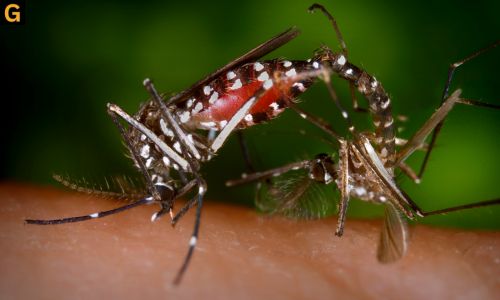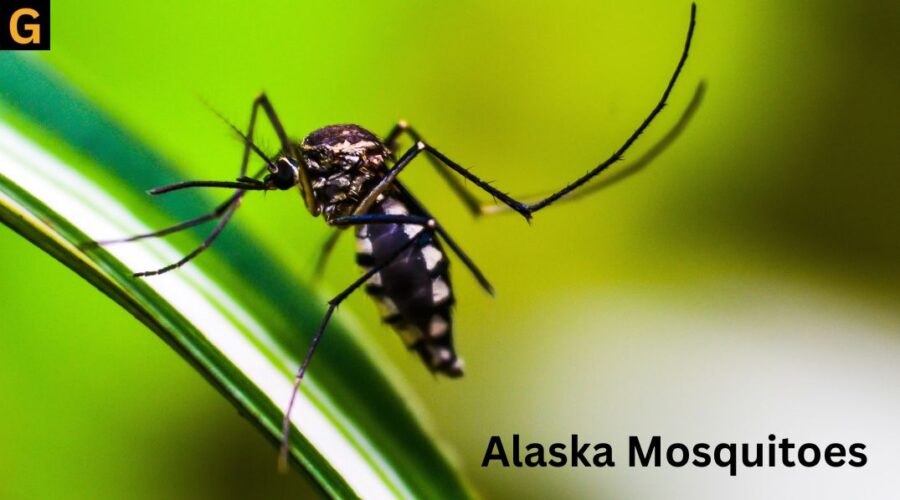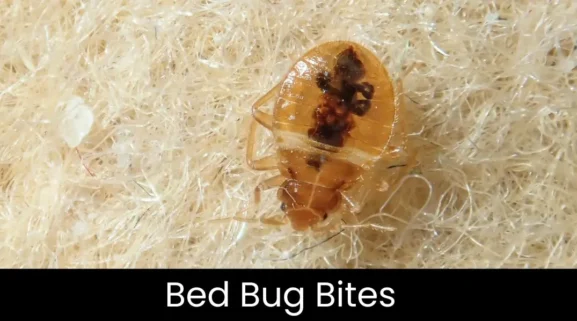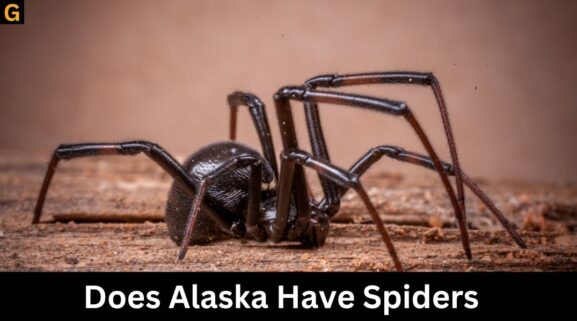Best Guide for Alaska Mosquitoes 2025
The legendary Alaska mosquitoes have earned their reputation as the unofficial state bird for good reason. Anyone planning to visit or living in The Last Frontier needs to understand these persistent summer residents to fully enjoy Alaska’s breathtaking wilderness. This comprehensive guide will equip you with everything you need to know about mosquitoes in Alaska for 2025, from species identification to effective protection strategies.
Why Mosquitoes Thrive in Alaska
Despite its cold climate, Alaska does offer mosquitoes with a perfect breeding ground in summer. Besides that, several environmental factors contribute to their abundance:
Ideal Breeding Conditions
Alaska mosquitoes thrive because of the state’s unusual landscape and seasonal patterns. The snow which was fallen in the winter melts in the spring and turns into a big area of standing water which comforts the mosquitoes to have their nurseries. The state’s rich marshlands, ponds, lakes, rivers, and tundra, provides a huge breeding habitat. Moreover, the warm summer temperatures, and frequent precipitation, and the large wetland numbers are also contributing factors for the insects’ growth.
Extremely Cold Resistant
The most interesting thing is that these mosquitoes in Alaska are not only mysterious but have also adapted to and evolved to survive the cold winter conditions. Depending on the species, mosquitoes either overwinter as adults in animal burrows and hollow logs or eggs develop that can withstand the winter conditions. These eggs are not fertile yet during winter but after the thaw, they produce the first generation when the weather is right. This amazing creation of nature is the reason they never disappear year after year.

Common Mosquito Species in Alaska
Alaska is home to around 35 different species of mosquitoes, almost all of which prefer human blood. Some of the most recognizable among these are:
The Alaskan Winter Mosquito
The Culiseta alaskaensis or the Alaskan winter mosquito is the most common member of the Holarctic species that is present from Colorado northward right through to Alaska. This cold-adaptive race occurs along with Culiseta impatiens in the same habitats. This mosquito is heavier and slower and it takes the first melting snow to see it, dying out after a few weeks normally.
Snow Mosquitoes
Three mosquito species in Alaska, such as the Aedes communis, the Culiseta alaskaensis, and the Culiseta impatiens, make up the “snow mosquitoes” because of their size, distribution, and the fact that they come in early. These exceptionally durable species are some of the first to arrive when the weather gets warmer.
Health Concerns Related to Alaska Mosquitoes
Although Alaska mosquitoes can be very annoying, there is also some optimistic news on the topic of mosquitoes and the transmission of diseases:
Limited Disease Transmission
The mosquitoes in Alaska are the good ones as they are unable to cause infect a person with serious diseases to the same extent as mosquitoes in warmer regions. Parasites in short summers of Alaska cannot pass a lifecycle which results in a reduced number of these types of infections being transmitted by the mosquitoes. In 2016, the Alaskan public health authorities had not recorded any cases of locally acquired West Nile Virus in humans.
Potential Future Concerns
In spite of the low at the present time risk of the infection, the continuous checks and measuring are necessary. According to researchers, some of the birds in Anchorage and Fairbanks have tested positive for malaria parasites, although there is no current indication of zoonosis (disease transmission from animals to humans). Climate change can bring about changes in these patterns in the future

Conclusion
Although they are sometimes referred to as “the unofficial state bird of Alaska,” learning to understand the habits of mosquitoes and their ways of roaming in Alaska and being prepared will make a difference in your upcoming Alaska trip. By carefully choosing the right time, clothing, and repellents, Alaska mosquito encounters can be minimized and the full enjoyment of the wilderness can be experienced.
To help Alaskans to cope with mosquito bites that are around their homes, GoGetFix professional pest control services are given targeted approaches that solve mosquito problems and thus create less irritating feelings in your outdoor environment. Experience mosquito pest control like never before by visiting the gogetfix website to learn about our unique mosquito control services specifically designed for Alaska’s special conditions.
Frequently Asked Question
Alaska indeed has 35 different mosquito species of which only a few feed on humans depending on the weather, but they are least active during the winter months 8. On average it is only in the last month of the mosquito season that they become the most prevalent and only then in certain areas.
Alaska mosquitoes come in all sizes, and for example, the Alaskan winter mosquito (Culiseta alaskaensis) is much larger than common mosquito varieties found in distant locations. Bigger species like these are often the first of their kind to reemerge once winter is over.
Alaska mosquitoes are most common from the second week of June to the end of July. The insects come out more often as days go by because of the (lake and snow) modes of life that they follow, but they start to decrease by early August Mosquitoes are more commonly seen in the mornings and evenings.
The natural abundance of standing water through the melting of the snow, great wetlands, shortness of summer season but harshness of mosquitoes in this period, and the mosquito species that can withstand the freezing temperatures are responsible for the fact that the mosquitos population in Alaska blows up. The one-month increase of the breeding time in summer evicting all the natural predators and making the conditions even more perfect is the reason why the place is getting overrun by mosquito families.
There are certain species of mosquitoes among them the “snow mosquitoes” such as Culiseta alaskaensis, which are larger than those from warmer regions. Alaska actually has some rather immodest but real mosquito species as opposed to the ones found in hotter areas, though the folklore has a part to play in the exaggerations as well.



